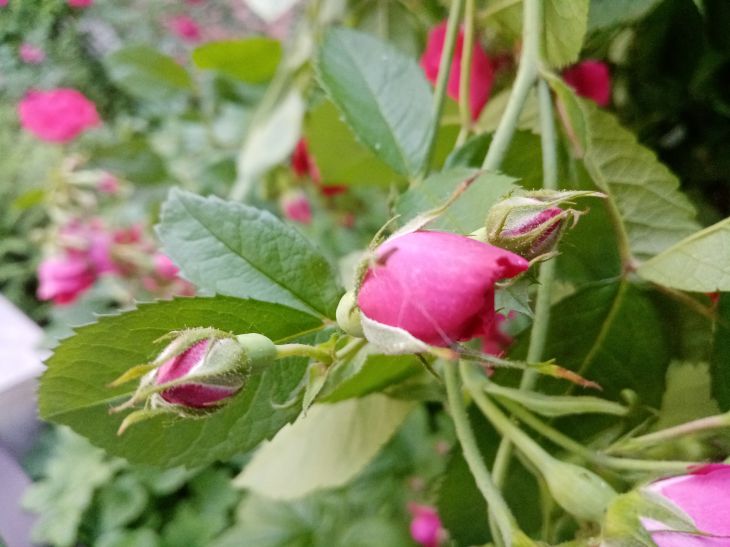Spring is the perfect time to start caring for your roses. The health and beauty of the plants depend on proper care.
Therefore, it is worth examining the basic rules of flower care, which play a key role.
Selecting a location and preparing the soil
Before you start planting roses, you need to choose a suitable place for them. Roses need a place with good air circulation and sunlight.
When planting, it should be taken into account that they need nutritious soil. Before planting, the soil should be prepared by adding organic fertilizers and drainage material.
Watering
In spring, roses need moderate watering. If the soil is too dry, roses can dry out and get sick. But too much water can lead to root rot.

The ideal option is to water in the morning or evening, when the sun is not so strong. It is important to use clean water, which does not contain any harmful impurities.
Trimming
In spring, it is necessary to carry out pruning. This will help to strengthen the bush and ensure its proper development.
Cut off all weak and damaged branches to keep the bush looking healthy and beautiful. If necessary, you can prune several times.
Fertilizer
Roses need fertilizers to grow and develop. In spring, it is recommended to use mineral and organic fertilizers. Organic fertilizers can be applied on top of the soil, and mineral fertilizers can be mixed with water and watered on roses.
Protection from pests and diseases
Roses can fall victim to various pests and diseases, so they need to be protected. In spring, you can use various means of protection, such as insecticides and fungicides.
It is also recommended to inspect roses for signs of disease in order to promptly take treatment measures.
Some people use folk methods or biological preparations, but it is important to understand that their effectiveness in most cases only raises questions.








